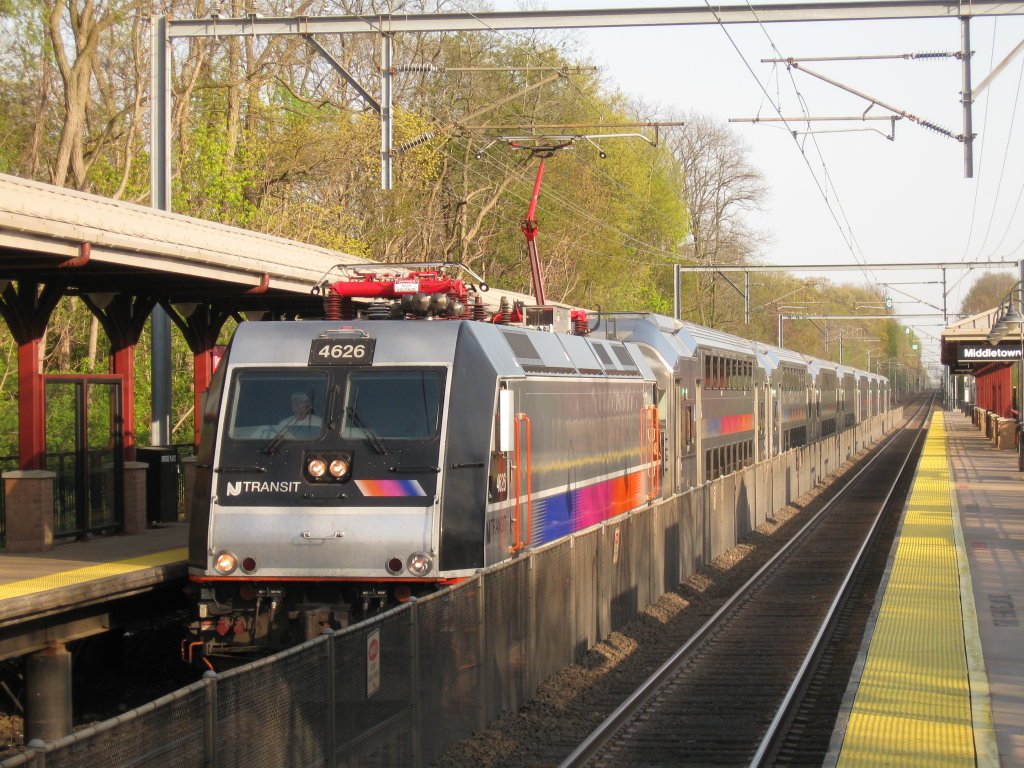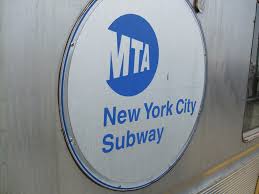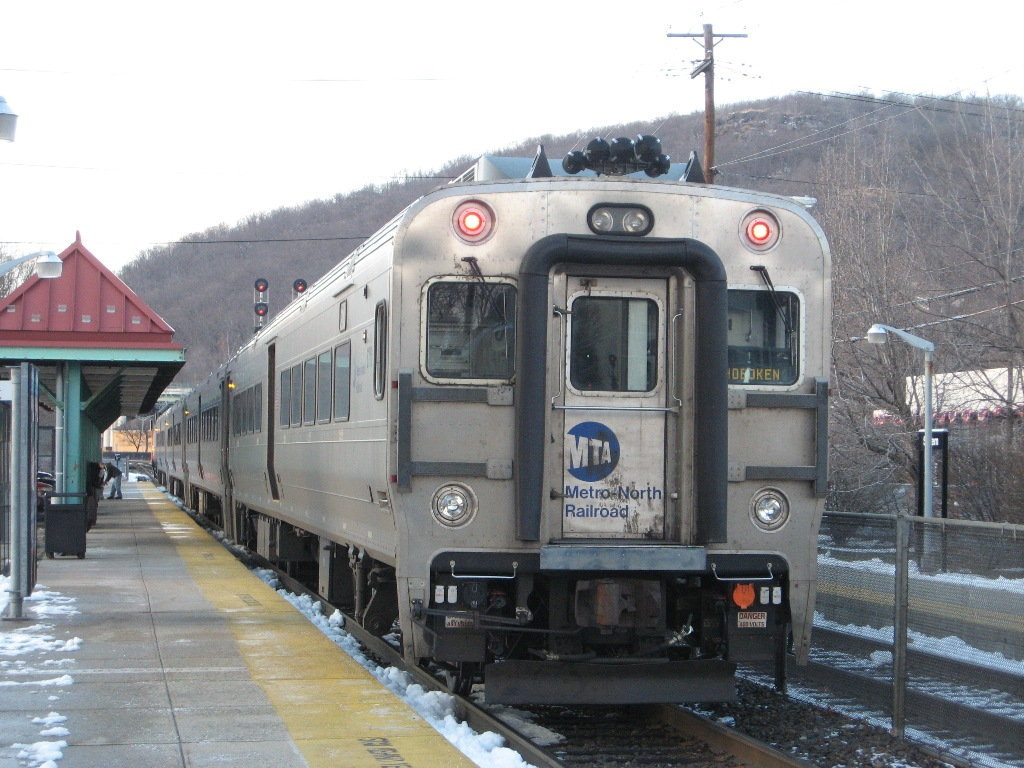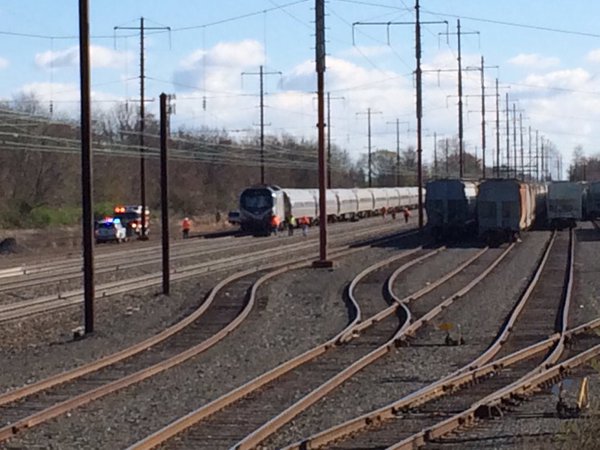The risk of train accidents on NJ Transit trains is higher than on most other American trains
 After a train crashed into the Hoboken terminal killing one and injuring more than hundreds, the New Jersey Transit has been under intense scrutiny. Steven Santoro took over the role of executive director of the agency 3 weeks ago. He was appearing Friday at a joint hearing of the Senate Legislative Oversight Committee and the Assembly Judiciary Committee, which together are investigating NJ Transit’s troubled leadership and poor safety record.
After a train crashed into the Hoboken terminal killing one and injuring more than hundreds, the New Jersey Transit has been under intense scrutiny. Steven Santoro took over the role of executive director of the agency 3 weeks ago. He was appearing Friday at a joint hearing of the Senate Legislative Oversight Committee and the Assembly Judiciary Committee, which together are investigating NJ Transit’s troubled leadership and poor safety record.
During the hearing, Santoro revealed that a federal investigation into the New Jersey Transit found multiple safety violations. According to NorthJersey.com the Federal investigators found that emergency tools and fire extinguishers were lacking on some trains. They also found that employees were using their cellphones when they were not authorized to do so. Engineers sometimes didn’t blow the horn at grade crossings or didn’t perform brake checks as required. Additionally, locomotives were not proprely secured in train yards.
Santoro admitted that to operate safely the agency would need to hire at least 305 more employees. Additional funding will also be necessary. Santoro explained that the money allocated to construction projects to keep the railroad safe was used to pay for new equipment purchases.
 New York Personal Injury Attorneys Blog
New York Personal Injury Attorneys Blog




 ne person died and around 100 were
ne person died and around 100 were Subway accidents
Subway accidents



